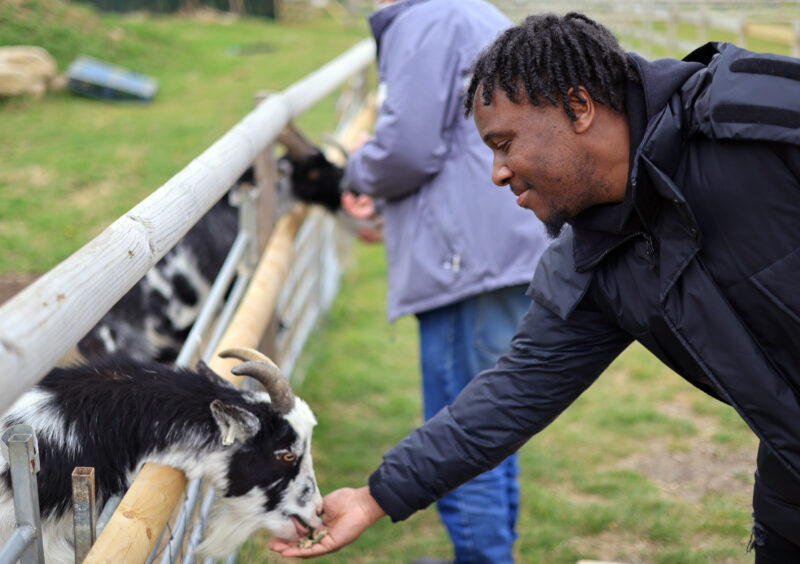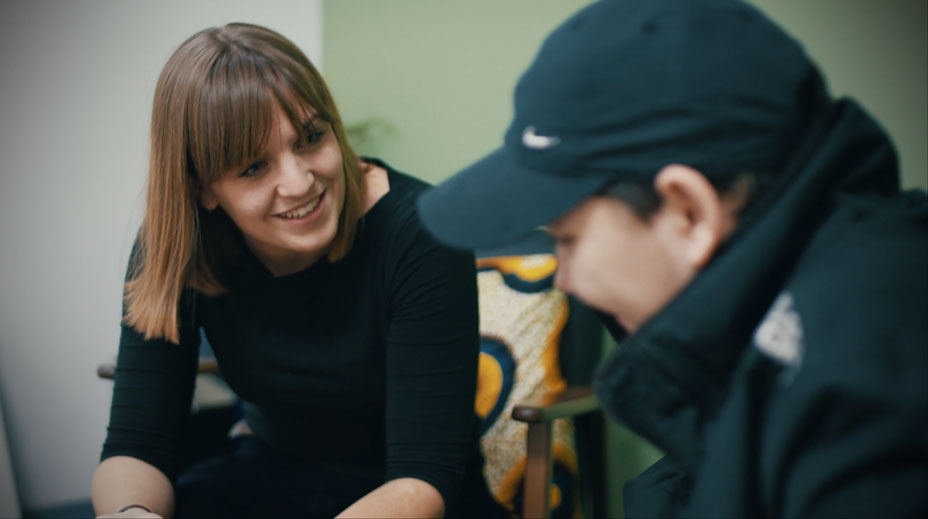17.11.2020 | Case Study
In practice: New approaches to fostering and adoption in Birmingham and across England

How listening to children helped to improve the stability and success of foster care placements
Ian Thomas was part of one pioneering approach to helping children transition from residential care into family settings.
Ian worked in Birmingham as an independent ‘care-experienced’ mentor – a role that involved helping children and young people to make more considered, free and successful decisions about moving into foster care.
He has first-hand experience of this system: as a 9-year-old, he remembers being whisked away suddenly from school and entering care: “I had easily over 20 fostering families and several children’s homes. I moved around a lot and the care was consistently inconsistent.”
Because of this, young people value his support. “When I was young, I couldn’t see past my own pain,” explains Ian. “But If I’d met a bigger version of me, saying ‘I know it doesn’t seem like it just now, but it’s going to be alright’ – that would have offered me a lot of hope.”
Learning from lived experience
Back in 2013, a number of local councils decided to explore how they could provide more long-term stability for children in the care system. They were concerned about the emotional cost for young people – and the financial cost for councils – of constant back and forth between residential care and failed foster placements.
In Birmingham, for example – which at the time had more children in care than any other local authority in Europe – this resulted in an extensive consultation process, involving in-depth, detailed interviews with young people in care, foster carers / adoptive parents and social workers. These interviews were carried out by academic researchers with a deep understanding of the issues involved, and they focused on identifying really practical ideas that could inform future services. Similar consultations were carried out concurrently by a group of Voluntary Adoption Agencies, to understand more about how to improve adoption processes nationwide.
The introduction of mentors like Ian in Birmingham was one of the innovations to emerge from these processes. But there were also four others.
“Local councils decided to explore how they could provide more long-term stability for children in the care system”
The first was the use of an independent physical and psychological evaluation prior to a placement search, so future carers properly understand the young person’s history and life experiences. These assessments are not routine in England, in part because it is perceived to involve additional up-front cost.
Second, placement starts were to be planned, not done in emergencies – to include a ‘matching period’, where a young person could get to know their future carers before formally leaving their children’s home.
Third, more investment into carer search and recruitment (and partnerships with a broad range of fostering and adoption agencies) would give children themselves a real choice in where they were placed. “He doesn’t have to move in with these people, if he doesn’t want to,” explains another mentor, following a first potential placement match. “I want him to know that he has quite a lot of control in this situation.”
Finally, the project recruited and paid for an additional social worker with strong project management skills, seconded into the council, to lead on placement planning. The local social work teams had expressed enthusiasm for a more strategic approach, but simply didn’t have the time themselves due to high caseloads and other emergencies.
A foster carer explains the process. “There was a skeleton plan and [the young person] was asked: ‘What do you think about this? What do you think about that?’ She was given the opportunity to add her own part of the plan if she wanted to. She took the position that we had a two-hour contact, then we had a whole day, and then she was given the choice of whether she wanted the next one to be an overnight contact, or whether she still wanted to just visit in the day.”
It can seem expensive to do all this. For example, councils found the concept of ‘double paying’ – i.e. paying a retainer to foster parents for one to two months, while also paying for a place in a children’s home – difficult to justify; so the projects offered to cover the up-front cost. Sure enough, evaluations have shown that this makes a big difference to the stability of the placements. Unpromising matches were avoided before they began, rather than collapsing a few weeks later; and these more stable placements quickly cost less for the councils, enabling the early investments in innovation to be repaid at the end of the project.
“Unpromising matches were avoided before they began, rather than collapsing a few weeks later; and these more stable placements quickly cost less for the councils”
The Birmingham project was praised by OFSTED and its learnings fed into the Narey/Owers report for the Department of Education on fostering, which specifically called for the use of matching processes. It was also lauded in the Barber Public Value Review – which concluded that these innovations not only improved placement stability but also brought immediate savings to the public purse. All of this helped to dispel the myth that investing into good planning and choice for children should be seen as ‘additional cost’.
What’s more, the success of this approach clearly demonstrates what can be achieved by listening to those with direct experience of services – and, critically, acting on their recommendations.
Despite investing heavily up-front into placement enhancements, after just two years these programmes had already achieved over £50,000 per child of directly attributable net cost savings to the children’s’ placements budgets of the participating local authorities.


